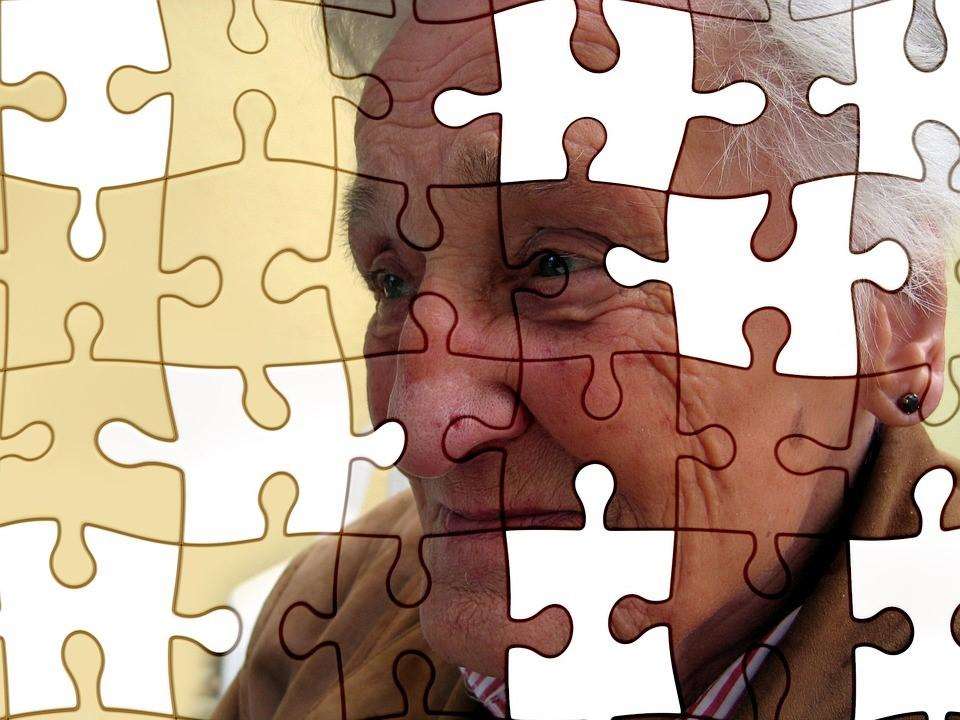Your Eyes Hold the Key to Detecting Early Alzheimer’s


According to a latest medical finding it is going to be relatively easier to detect Alzheimer’s disease even before it affects the brain. The key is in the eyes, a quick eye test is enough to serve the purpose of screening tool for future detection of Alzheimer’s.
The best part about this new technique of detecting the disease early on is the non-invasive technique where the doctor just needs to peer into the eyes of the elderly who is not showing any signs of dementia. They check for the abnormalities in the retinas of people and look for biomarkers for the disease.
Ophthalmologists are pretty sure this is the way things are going to progress, however, more research is underway. Nonetheless, checking through an eye exam is something that will go a long way into helping people alarm early on to the risk of Alzheimer’s.
Why the eye exam can be a validation?
As per the doctors, the pathological changes begin showing up as early as 20 years prior to the beginning of dementia. It is a breakthrough due to the given fact that doctors do not begin treating people until the patients are already demented, in simple words when the disease has already spread and affected the brain cells. Until then the damage is already done with the loss of neurons with things already on decline.
Biomarkers are the indicators of changes in brains and are able to detect any abnormalities occurring in certain proteins that are seen in scans and spinal taps. These scans are enough to predict if the person even with normal cognition is prone to develop Alzheimer’s. However, these tests are invasive, time consuming and expensive too.
The biggest appeal of eye test is through a quick eye exam, it becomes easy to detect the disease early on and give the same information as biomarker tests. Another biggest advantage is that of not including any needles, anaesthesia or waiting for the recovery time.
There is enough literary evidence that point towards the structural changes occurring in the retina and even in the optic nerve of the patients who are suffering from Alzheimer’s. Based on this, the researchers are able to draw in conclusion on pathologic changes in the brain that are parallel to the changes in the eyes.
Biomarkers vs OCTA
The researchers first began with testing patients with positive results on biomarkers measured through PET scan or conducted through cerebral spinal fluid or tests involving both these procedures.
Another group of researchers examined the retina and optic nerves through the process of Optical Coherence Tomographic Angiography or OCTA. The machine involved in the test shines a light on the eye of the patient and measure the thickness, blood flow patterns and vascular networks.
The test could isolate the centre area of the retina devoid of any blood vessels that were found to be larger in patients testing positive for biomarkers as compared to those who did not show any. Patients who were healthy did not show any such abnormalities. The centre part was relatively thinner too.
These eye tests are making it apparent and providing enough evidence that through eye exam it is possible to recognize the patterns of Alzhimer’s occurring early on. All this is done through OCT machine that helps in-depth test that are undetectable with the naked eye.
Additionally, even if the patients are prone to Alzheimer’s they will not experience any changes in the vision, so, it is essential to go for the OCT angiography.
Why the test is called non-invasive?
The eye tests conducted are non-invasive as explained below:
- The test does not require any dilating or dye.
- It only takes as much as five minutes for the test to be conducted.
- The patient is comfortable throughout the procedure of the test.
- The test is a lot cheaper as compared to other traditional tests for Alzheimer’s.
Even though the findings are revolutionary and the research fetched viable results, it is still under development. However, based on the research and the findings, it may soon replace the traditional procedure of screening Alzheimer’s.
.jpg)